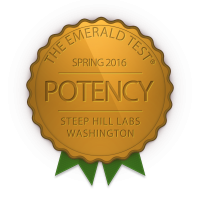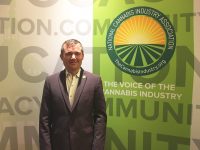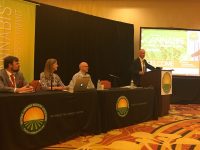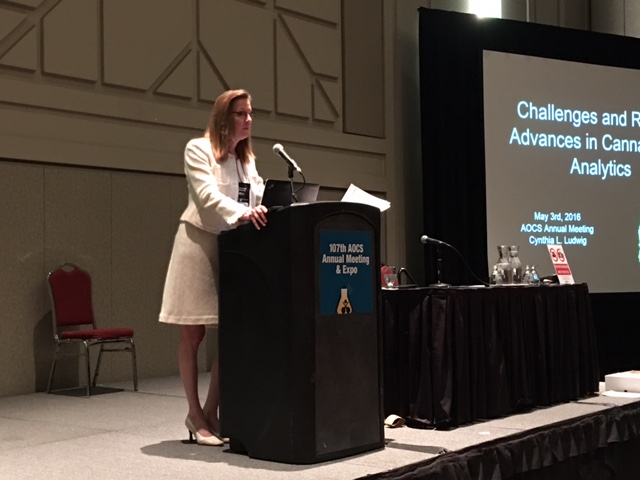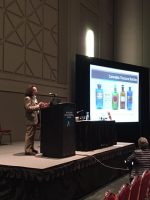The AOCS Annual Meeting is an international science and business forum on fats, oils, surfactants, lipids and related materials. The American Oil Chemist’s Society (AOCS) is holding their meeting in Orlando, Florida from April 30 to May 3, 2017. Last year’s meeting included discussions on best practices and the pros and cons of different extraction techniques, sample preparation, proficiency testing and method development, among other topic areas.
Posters on display for the duration of the Annual Meeting will discuss innovative solutions to test, preparing samples, discovering new compounds and provide novel information about the compounds found in cannabis. David Egerton, vice president of technical operations at CW Analytical (a cannabis testing laboratory in Oakland, CA), is preparing a poster titled Endogenous Solvents in Cannabis Extracts. His abstract discusses testing regulations focusing on the detection of the presence of solvents, despite the fact that endogenous solvents, like acetone and lower alcohols, can be found in all plant material. His study will demonstrate the prevalence of those compounds in both the plant material and the concentrated oil without those compounds being used in production.
The conference features more than 650 oral and poster presentations within 12 interest areas. This year’s technical program includes two sessions specifically designed to address cannabinoid analytics:
Lab Proficiency Programs and Reference Samples
How do you run a lab proficiency program when you cannot send your samples across state lines? What constituents do you test for when state requirements are all different? Are all pesticides illegal to use on cannabis? What pesticides should be tested for when they are mostly illegal to use? How do you analyze proficiency results when there are no standard methods? Learn about these and other challenges facing the cannabis industry. This session encourages open and active discussion, as the cannabis experts want to hear from you and learn about your experiences.
Method Development
The need for high-quality and safe products has spurred a new interest in cannabinoid analytics, including sample preparation, pesticide, and other constituent testing. In this session, a diverse group of scientists will discuss developing analytical methods to investigate cannabis. Learn the latest in finding and identifying terpenes, cannabinoids, matrix effects, and even the best practice for dissolving a gummy bear.

Cynthia Ludwig, director of technical services at AOCS, says they are making great progress in assembling analytical methods for the production of the book AOCS Collection of Cannabis Analytical Methods. “We are the leading organization supporting the development of analytical methods in the cannabis industry,” says Ludwig. “Many of the contributors in that collection will be presenting at the AOCS Annual Meeting, highlighting some of the latest advances in analyzing cannabis.” The organization hopes to foster more collaboration among those in the cannabis testing industry.
In addition to oral and poster sessions, the 2017 Annual Meeting will feature daily networking activities, more than 70 international exhibitors, two special sessions, and a Hot Topics Symposia which will address how current, critical issues impact the future of the fats and oils industry.






